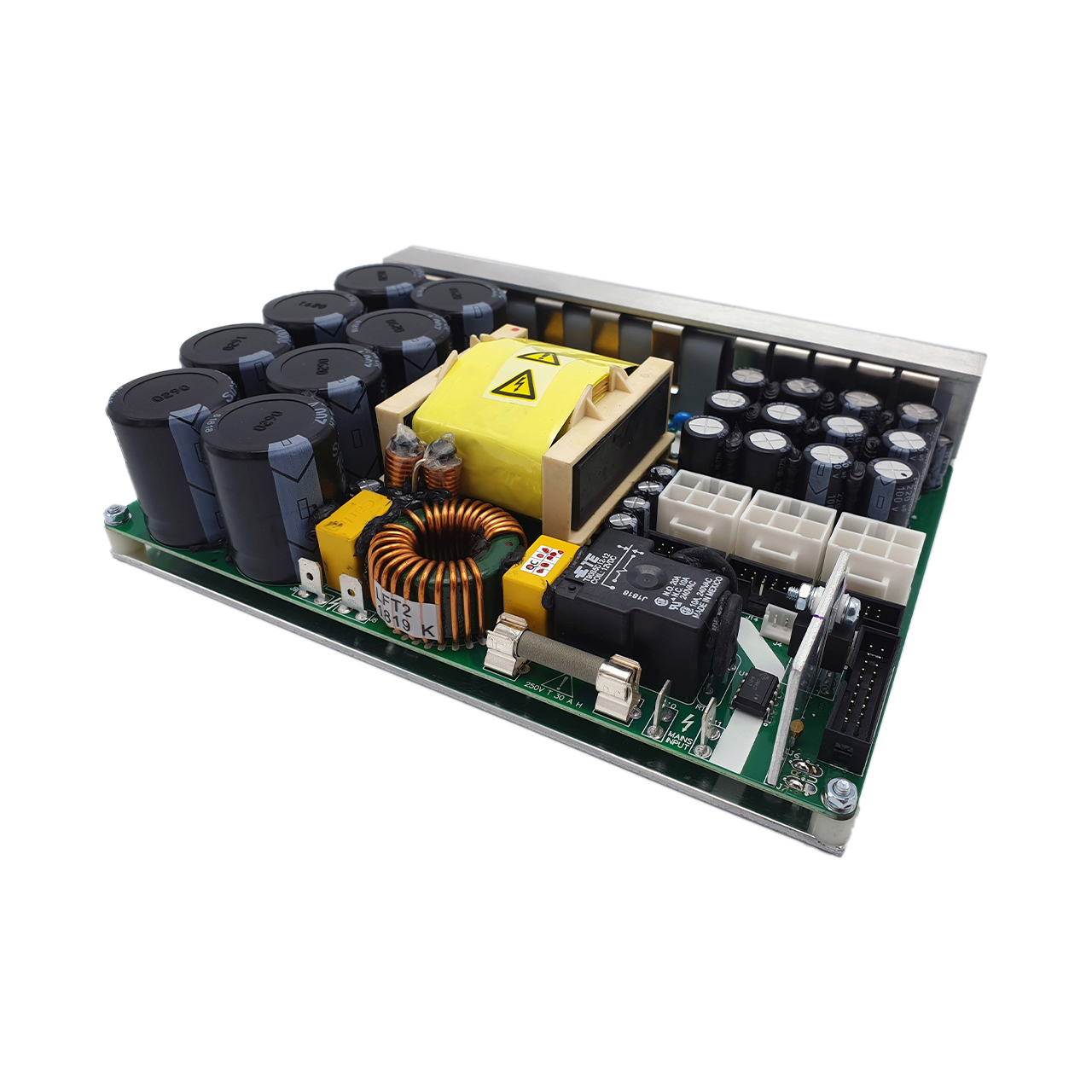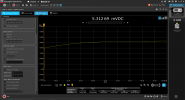There are 28 pages of discussion so far, may be a little recap is necessary before then
@thin bLue retest the unit with the replacement power supply.
I would like to remind him of the following, since I must have missed a few important points so hopefully others would help:
As
@restorer-john mentioned, if tested the same way, damage may occur again, so it would be better for thin Blue himself to read the Hypex data sheets for the power amplifier module as well as the SMPS.
The relevant part of the data sheets have been posted by members many times, but to summarize:
a) The data sheet for the SMPS stated: Power output 1200 W, 4 ohms,
230 V 50 Hz, duration:
10 seconds, heat sink temperature 95 C.
b) It also stated Continuous output power: 325 W under the same conditions, but
did not say continuous indefinitely
c) The data sheet for the NCx500 module stated: Peak power output 700 W, 1 kHz, 1% THD, Continuous output not specified but it has:
- thin Blue mentioned his sweep covers 150 points, I am not sure how it would relate to the 10 s, 95 C heat sink temperature, but it does seem based on the data sheet information, he could take some precautions to avoid damage.
- It seems the SMPS data sheet has more details on its limits than the amp module, but the fact that it is only 1200 W, ie 600 W per channel if both driven simultaneously rated for 10s, it is the part that is more prone to damage in the kind of tests thin Blue did the first time.
- Although the data sheet mentioned 325 W continuous, it may be reasonable to assume it means continuous indefinitely but it is still just a reasonable assumption, but it would mean for test duration, thin Blue would have no need to subject the dut to 325 W (both channel driven) for longer than a few minutes anyway. As I assume he is not planning on conducting a real continuous indefinitely power output test.
The datasheet for the SMPS does not say much about protection, other than it does say:
The fact is, it does suggest adequate cooling measures, and without more detailed description of the protection scheme, I don't think thin Blue should rely on "protection" to save the day on the upcoming retest. The protection scheme may be okay for real world use for music and movies contents, but for testing with continuous sinewave (here "continuous" simply means a continuous wave, as opposed to test pulses), I highly doubt it is anywhere near to being fool proof against potential damage.
The datasheet for the NCx500 amp modules has more to say about "protection":
If reasonable precautions are taken, and it doesn't get "fried" this time, we still cannot conclude if the first SMPS had a defect in it; and may have to wait for Hypex to do their own autopsy, if they would bother at all, but hopefully buckeye amp can convince them to do it for ASR members, and potential customers sake.

 www.audiosciencereview.com
www.audiosciencereview.com

 www.audiosciencereview.com
www.audiosciencereview.com



